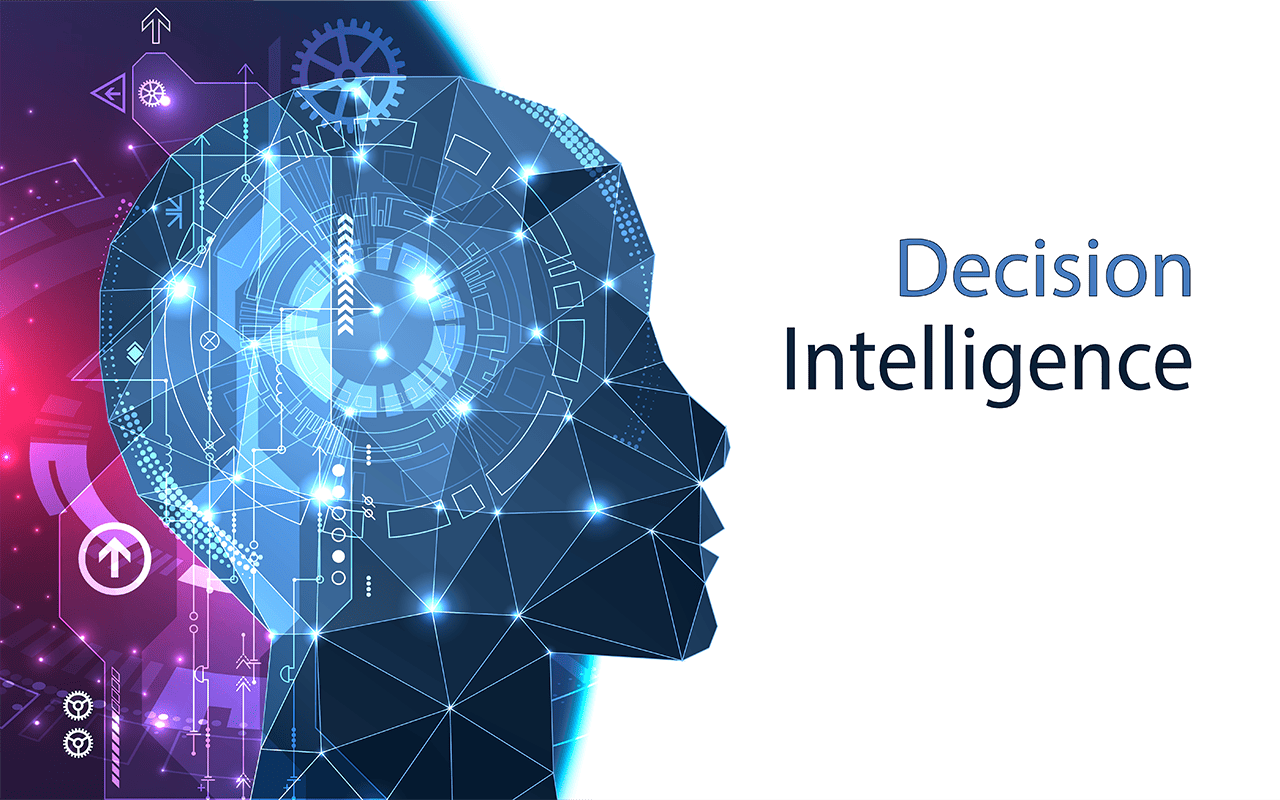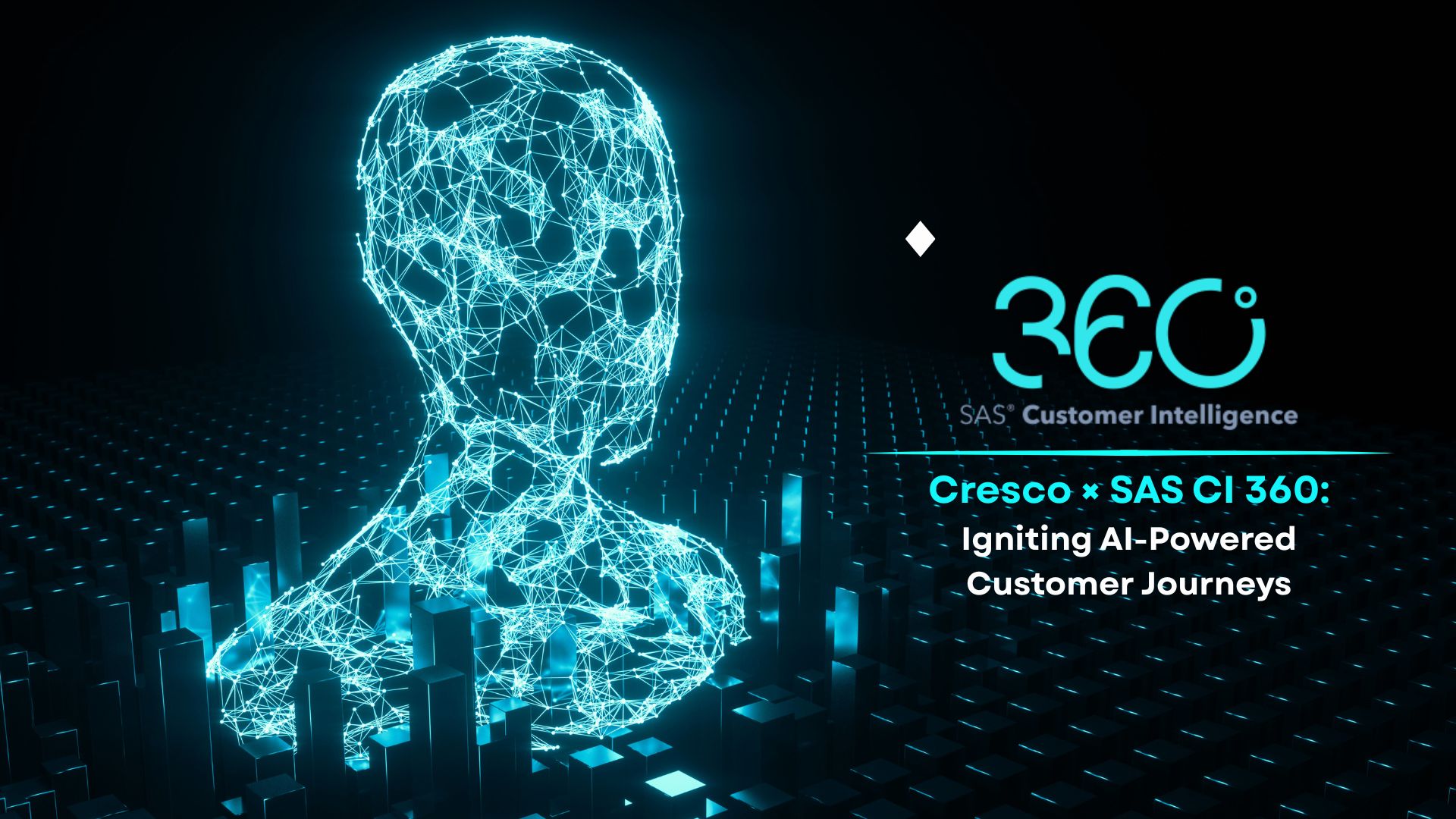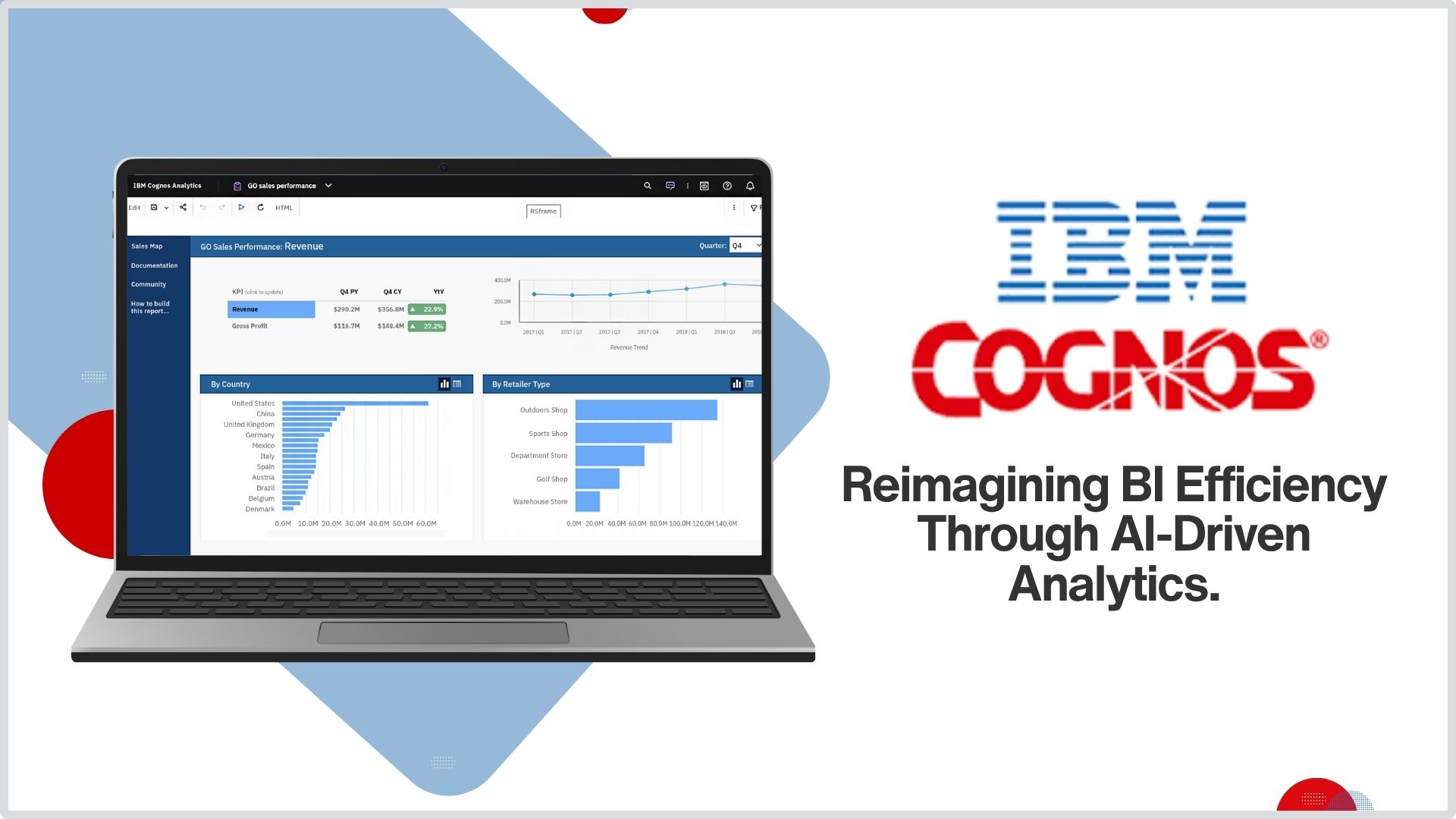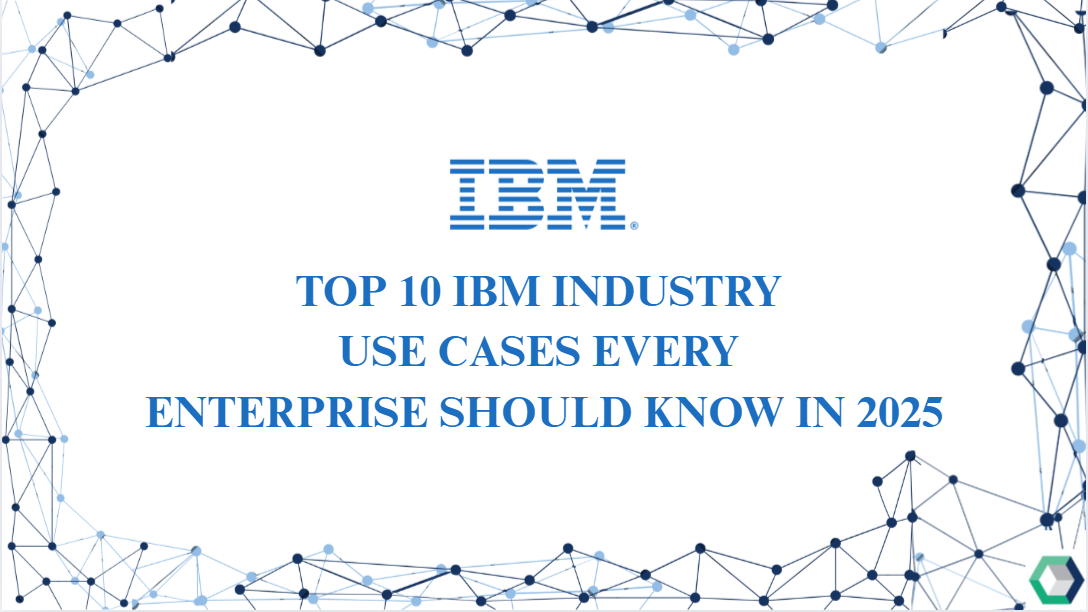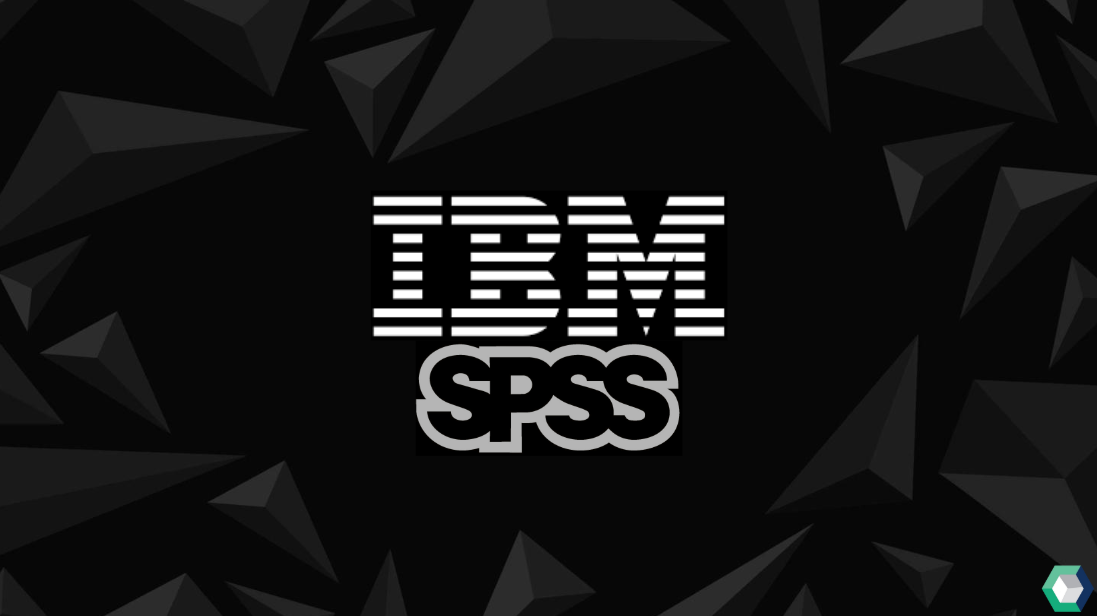With decision intelligence technology, you input the details about your complex, real-life business problem—and then the technology gets to work, exploring the trillions of ways you can achieve your goals, given your limitations.
Often in just seconds, you’ll receive your detailed action plan. And as soon as your business situation changes—or you want to explore possible what-if scenarios—just adjust your inputs and run it again.
Input
- Your business objectives (what you want to achieve)
- Your business constraints (the limitations you face)
- Your decision variables (the questions you’re asking)
Output
- A detailed set of decisions that optimize your business objectives, given your constraints.
What Are Examples of Decision Intelligence?
Although there are countless ways to use decision intelligence technology, here are some real-world examples, with links to their stories:
- Transportation providers, such as Air France, Swissport, and Uber, use decision intelligence to create optimal routing, staffing, and maintenance plans.
- Professional sports leagues, including the National Football League and Beko BBL, plan their game schedules using decision intelligence.
- Manufacturers use decision intelligence to plan and manage the procurement, production, and distribution of their products.
Why Is Decision-Making Difficult?
Decision-making is growing increasingly complex—with multiple factors to consider and multiple stakeholder inputs and opinions. And this complexity puts business decision-makers in an extremely challenging situation.
For example, you likely need to achieve multiple, often-conflicting objectives, such as:
- Maximizing returns while minimizing risk
- Maximizing production while minimizing environmental impact
- Maximizing profits while minimizing employee churn
And you need to do so in the midst of:
- Complex interdependencies
- Regulatory constraints
- Fluctuating energy costs
- Global disruptions
Plus, you have many choices to make:
- “Which discounts should we offer to which customers to maximize revenue?”
- “What is the least costly way to reroute shipments?”
- “What is the best way to allocate capital across all investment vehicles?”
To top it off, shareholders increasingly expect decision-makers to explain and defend their decisions transparently—and back it all up with data.
It’s no wonder decision-making is so difficult.
What's the Difference Between "Good" and "Optimal" Decision-Making?
You make decisions every day. And, of course, you work hard to make good decisions. But even good decisions can cost your organization millions in lost revenue and wasted time and resources.
That’s because there’s a huge difference between a good decision and an optimal decision.
When you make an optimal decision, you’ve considered every detail and every path and identified the best possible way forward—the one that will help your business achieve its goals, given its unique constraints. But that’s not something our human brains can do on their own, so it requires a special kind of technology: decision intelligence technology.
With decision intelligence technology, you input your goals and limitations and the questions you need to answer. Then the technology explores all of the trillions of ways you can achieve your goals, given your limitations. Finally, it outputs your best-possible action plan, with detailed answers to your specific questions.
By applying decision intelligence technology, businesses can make fast, confident, unbiased decisions—even in the midst of rapid change and global disruption. What’s more, they increase revenue, operational efficiency, and even customer and employee satisfaction.
Why Is Decision Intelligence So Important?
Predictive analytics tools—like machine learning, statistical models, and simulations—seek to find patterns in data, in order to predict what might happen in the future. And as long as your present situation continues to look like your past, these historical insights can help inform your decisions.
But these tools stop there. They can’t tell you specifically what to do with those insights. As a result, most decision-makers are left to rely on “experience, ‘gut feeling,’ or opinions” when making decisions.
That’s why organizations are adding decision intelligence technology to their analytics toolkit.
What Are Examples of Combining Machine Learning and Decision Intelligence Technology?
By combining machine learning with decision intelligence technology, you can identify the optimal way to achieve your goals, given your predicted future.
For example, imagine you’re planning a trip. A machine learning model can predict what you may encounter along your journey (weather, traffic, engine trouble). But with decision intelligence technology, you can take those predictions into consideration, as well as your goals (fastest, cheapest, safest route) and constraints (time, budget, speed limits, roadside services), and identify the single best route you should take.
Use machine learning to predict
- A customer’s likelihood to buy more with targeted offers
- Supply chain issues, while there’s still time to remediate
- Who will launch a cyberattack, before it happens
- Experiments that are more likely to prove a hypothesis
- Imminent machine failure
- Price movements before the market does
- Pricing table list item
Use decision intelligence to identify
- Which discounts to offer, to which customers, to maximize profits
- The least costly way to reroute shipments
- Which investigators to assign to potential threats, based on investigator skill and potential damage
- Which experiments to pursue, based on talent, cost, and time
- When to shut down the production line for maintenance, so as to minimize costs and production disruptions
- How to allocate capital across all investment vehicles

